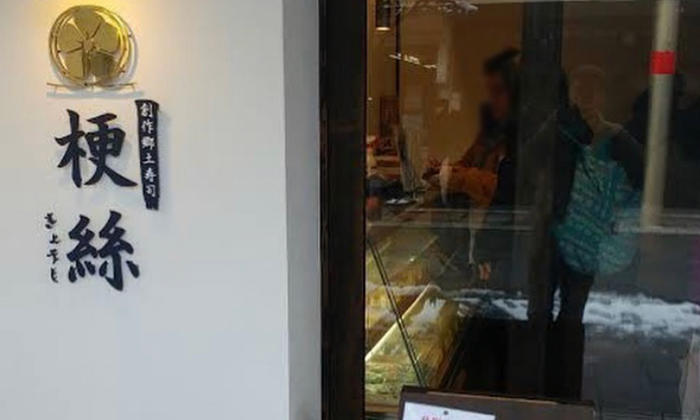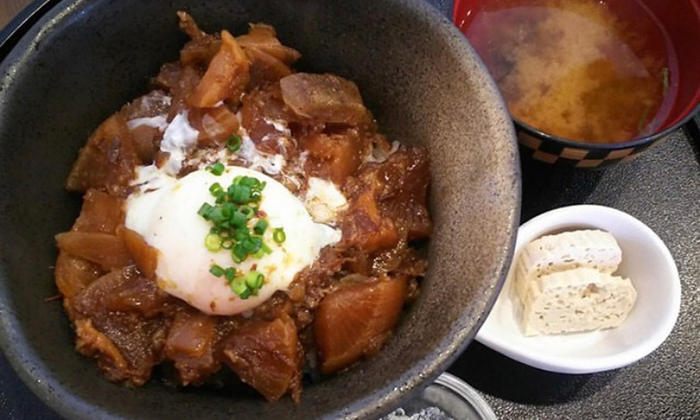|
Centrip Editorial Board
7 Dishes You Can Only Eat in Takayama and Shirakawa-Go

Table of Contents
- 7 Things to Eat in Gifu
- 1.Hida Beef: Get in My Belly!
- 2.Hoba Leaf Sushi: A Taste of Early Summer
- 3.Hoba Miso and Rice: A Match Made in Heaven
- 4.The Pickle Steak: Simple, yet Creative
- 5.Keichan: A Homestyle Chicken with Variety
- 6.Gohei-mochi: It Will Find You, Wherever You Are
- 7.Salted Grilled Sweetfish: Country Cookin' Just Made for Summer
- Top Places to Eat
- 1.Kyoya (Takayama)
- 2.Kitanosho (Shirakawa-go)
- 3.Kyoshi (Takayama) THE Place to Eat Hoba Leaf Sushi
- Wrap-Up
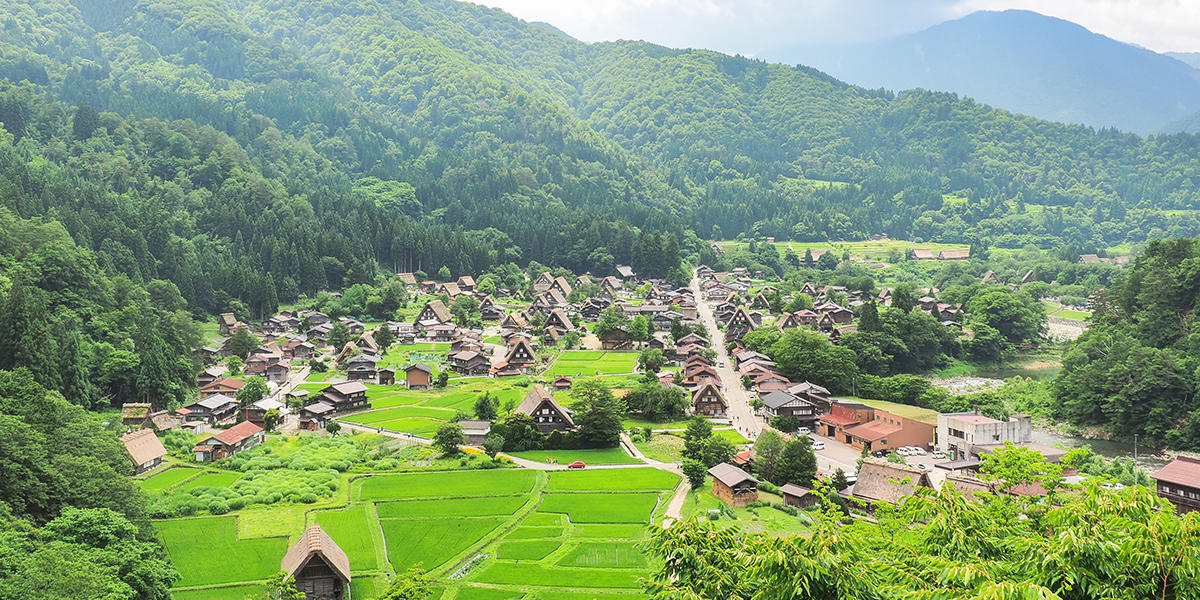
If you look at a map, you'll see that Gifu is smack dab in the middle of Japan, cut off from the ocean. What it lacks in beachside loveliness, it makes up for in rustic mountainous beauty. In the north of Gifu, you'll find well-known places like Takayama, Shirakawa-go, and Gero. Gifu is home to other historically important places like Gujo Hachiman, Tsumago, and Magome as well.
Due to being landlocked, the people of Gifu tend to favor cuisine rich with beef and vegetables, more than seafood. Areas like Takayama and Shirakawa-go are popular tourist destinations, but what can you eat when you visit? Gifu's got a lot going for it: nature's bounty, family tradition, delicious cuisine—creating a world of special moments. Step into the deep mountains of Gifu and taste the local cuisine.
7 Things to Eat in Gifu
1.Hida Beef: Get in My Belly!
Gifu is home to some of the finest cattle in the world, and they make for good eatin’. You might ask yourself, “Is every cow in Hida 'Hida Beef?'”, well, no. For a cow to be considered “Hida Beef”, it needs to meet certain criteria. First, it's gotta be black and has been fattened up for at least 14 months. Second, it has to be certified by Japan’s version of the USDA and be classified as reaching grade 3–5 of their edibility scale. The beef is graded according to stringent standards of fat content, texture, and color. Hida beef is well-known for its appealing color and mouth-watering flavor.

Hida beef has an excellent fat distribution, tender meat, beautiful marbling, a rich aroma, and a taste that melts in your mouth (not in your hand). There is a wide variety of ways to prepare it and different dishes can be prepared using each part. Shoulder cuts are perfect for sukiyaki and due to its high-fat content, vegetable dishes using Hida beef absorb lots of umami flavor, and the meat remains tender. The filets are great for beef sashimi, in addition to making wonderful yakiniku and shabu-shabu.
2.Hoba Leaf Sushi: A Taste of Early Summer
When in the mountains, you wind up eating things you find in the mountains. (Please leave the poor rabbits alone though!) Mountainous regions develop their special styles of food. In the mountains of Japan, the leaves of whitebark magnolia trees began to be used to their lovely fragrance and anti-bacterial properties. When the leaves turn green in the summer, they are picked and used to wrap sushi, bringing a taste of the mountain to the fish they wrap.
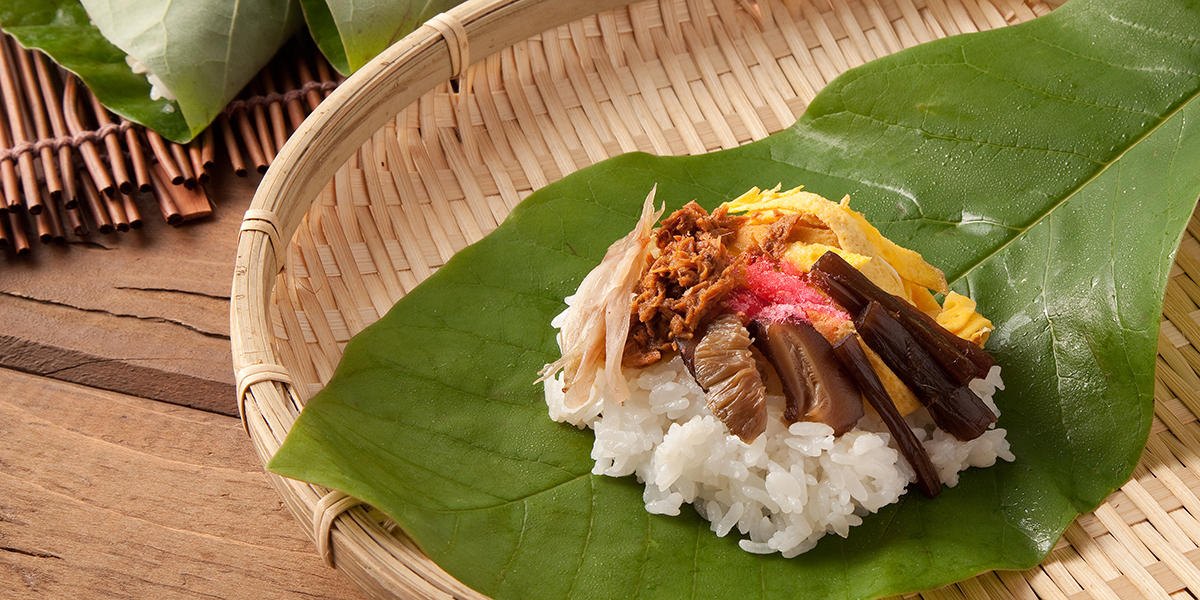
When the leaves are ready in early summer, cooks slice 1cm-thick slices of trout, pickle them overnight in vinegar, and mix them with rice, ginger, perilla, and cowpea the next day, letting them sit for a while. The rice soaks up all the flavors. The scent of the magnolia leaves enhancing the experience as you eat. In addition to the style mentioned above, salmon, beef, and mushrooms are also often used to make Hoba Sushi.
3.Hoba Miso and Rice: A Match Made in Heavena
Another interesting dish that used hoba leaves is Hoba Miso. For this dish, the leaves are dried and then vegetables and beef are mixed with sweet miso, placed on top of a dried hoba leaf, and cooked over a fire. The origin of this dish is that in olden days, foodstuffs would freeze in the winter months, and required strong flames to melt and cook them. Locals chose dried hoba leaves because they wouldn't burn during the cooking process and somewhere along the way, they began adding miso for seasoning and one of the region's signature dishes came to be.

While hoba leaves are great for roasting other things, they add a deep aroma to meat, can be eaten on their own, and make a great addition to rice.
4.The Pickle Steak: Simple, yet Creative
Folks in Hida have been frying up pickles for a long time. Just hear me out. In the past, food was scarce, and pickles could take the place of fresh vegetables in cold winters. There are a lot of pickle dishes because of this, the pickle steak being one of them.

Pickle steaks are usually made out of napa cabbage and they're pretty easy to make. Drizzle some oil on a grill, plop the pickle down on medium heat, sear it, crack an egg over top, and once the egg firms up, you’re done. It’s typically garnished with bonito flakes, red ginger, and pepper flakes. The acidity of the pickles is balanced by the egg. Even to this day, the pickle steak continues to be a staple of Japanese bars in the Hida region.
5.Keichan: A Homestyle Chicken with Variety
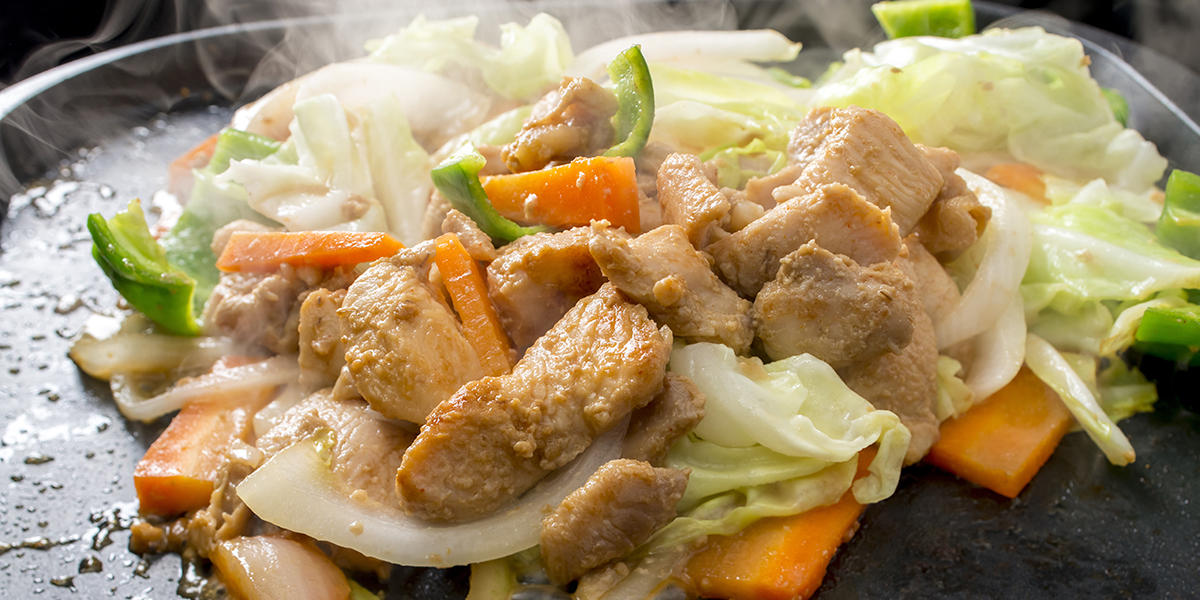
Keichan began as food usually made at home in the Gero area, later picked up and served by Japanese-style bars. For keichan, chicken is marinated in a sauce and fried up alongside cabbage. Japanese people say that chicken from different areas, stores, and families taste differently. Who am I to say? Chicken sauces are made from soy sauce and miso, with the age of the bird coming into play, which part of the bird you’re eating, whether it’s skinless, or if the bird has its organs still inside. It’s a delicate balance this chicken cooking. Chicken goes well with rice, saké, yakisoba…literally everything. Check out as many chicken joints as you can and taste the difference!
6.Gohei-mochi: It Will Find You, Wherever You Are


Gohei-mochi is a rice thingie made by skewering crushed rice, slathering them with a sweet sauce, and grilling them over an open flame. It comes in all sorts of shapes and sizes. The sauce is made with soy sauce or miso, often containing walnuts or peanuts (those with nut allergies, be forewarned!). In the Hida region, they tend to use a soy sauce and sugar mixture with sesame—sweetness is added to the saltiness. You can’t eat just one! Fresh gohei-mochi is crispy on the outside and soft on the inside. You'll feel deeply satisfied as the rice and nuts fill your mouth.
7.Salted Grilled Sweetfish: Country Cookin' Just Made for Summer
The rivers in Gifu are filled with yummy sweetfish. They only live for one year, and that somehow makes them taste all the fresher. They’re available from summer to fall (end of July through the start of November). The best way to enjoy them is salted and grilled over charcoal.
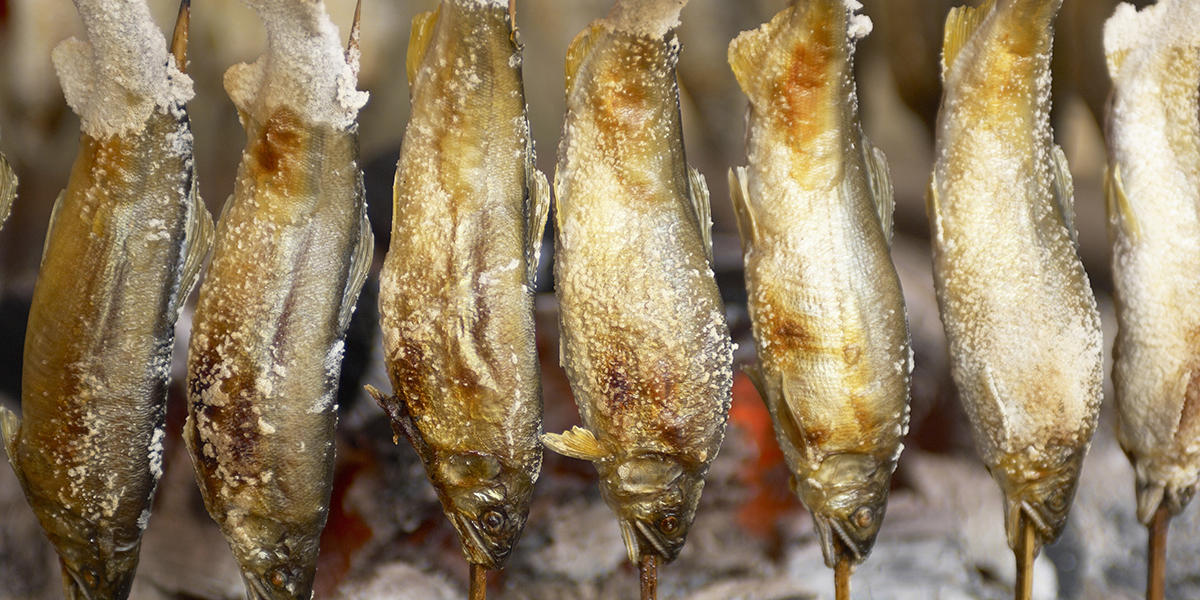
The sweetfish are skewered, salted, and slow-cooked over the coals. The fish are skewered in such a way that their bodies are locked into an "S" shape. (TMI, I know). The skewers are then stuck into the coals so they stand right up in the air. The fish come out all crispy on the outside and soft on the inside. (Noticing a trend?) With their organs being so deliciously sweet and their spines nice and crispy, how could they be anything but yummy!
Top Places to Eat
There are many kinds of local cuisine in Gifu, so you may be wondering, "where should I start"? "Is there somewhere that has everything in one place?" Well, aside from hoba leaf sushi, you'll find all of these at pretty much every restaurant in and around Takayama and Shirakawa-go. Let's get started!
1.Kyoya (Takayama)
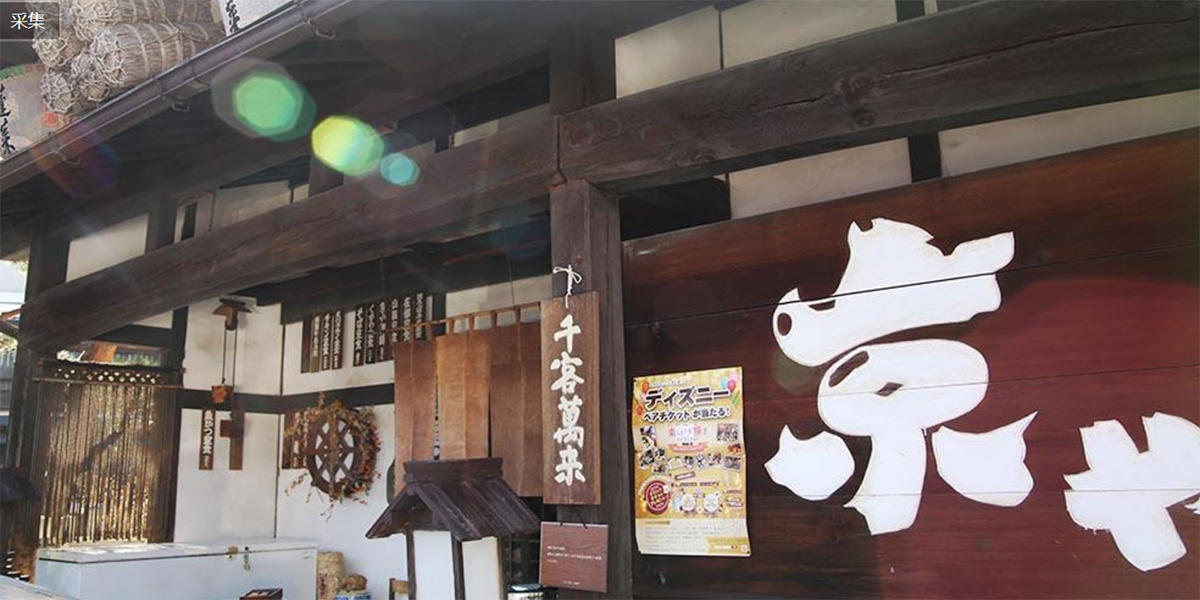
Kyoya is a homestyle eatery in Takayama. It's about 15 minutes on foot from JR Takayama Station. The restaurant is an extension of the home of the family that runs it. It's got high ceilings, a warm hearth, floor seating, and is decorated with local craftworks. It's certainly a taste of the past.

Kyoya is officially recognized as a purveyor of high-quality Hide beef. They have a Hoba Miso plate meal that you should check out. Be sure to watch them grill the beef and enjoy the wonderful fattiness of the A5 beef. Hear the sizzle and enjoy your steak as it melts in your mouth, one bite at a time. Kyoya also has pickle steak and keichan on the menu as well.
2.Kitanosho (Shirakawa-go)
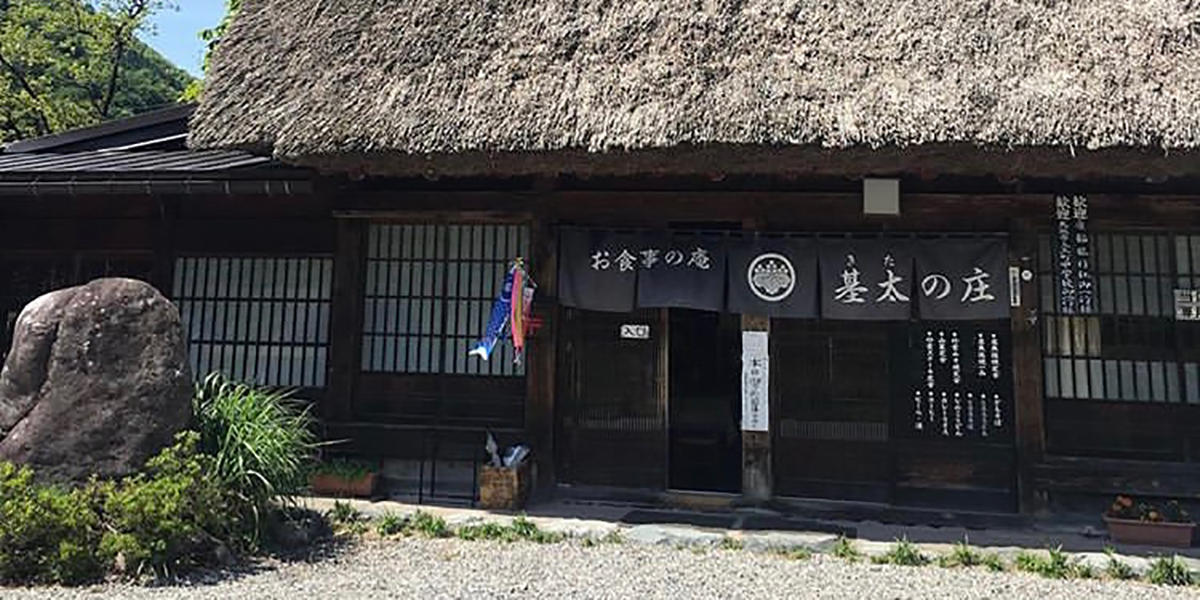 Photo courtesy:mr.x31.tw
Photo courtesy:mr.x31.tw
You'll find Kitanosho in the Shirakawa-go gassho-zukuri village. It's been around for over 250 years. In the spring, it's surrounded by flowers and covered in snow in winter. The restaurant has a lovely view of the river too.
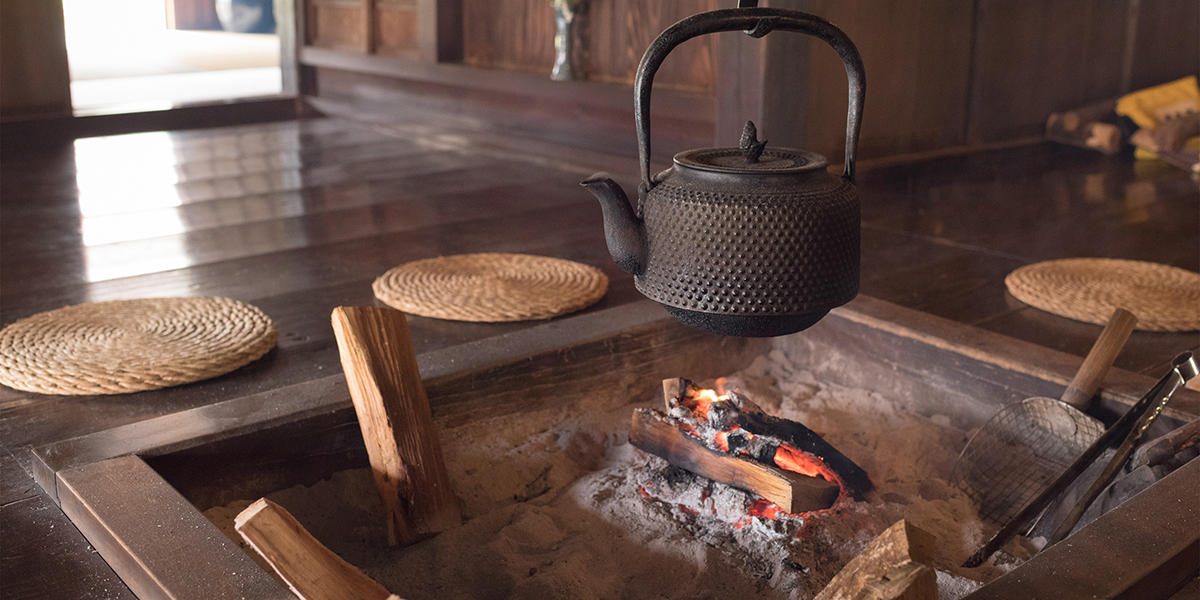
Kitanosho's signature dishes are its Hoba Miso Plate and its Salt-Grilled Fish. Enjoy a view and a taste of the mountains at the same time. The Hida beef here is fantastic. You can sit by the hearth and enjoy your carefully grilled beef, enjoy the feel of it in your mouth as you drink warm saké, and take in this wintery paradise.
3.Kyoshi (Takayama) THE Place to Eat Hoba Leaf Sushi
A little different than the spots mentioned so far, Kyoshi, just 8 minutes away from JR Takayama Station on foot, is a sushi restaurant. It sports a relaxed atmosphere and can seat up to 22 patrons.
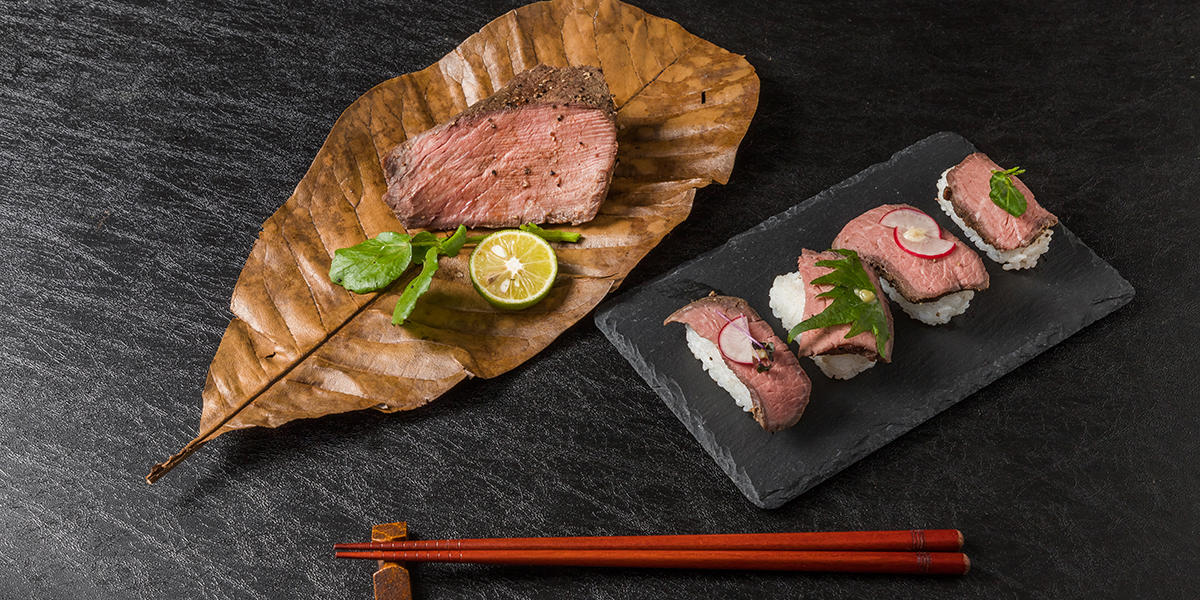
Kyoshi is usually made from all local ingredients, including water, rice, and vinegar, along with Hida beef and locally caught fish. You’ll find Hoba Leaf Sushi on the menu and the acidic sushi rice they serve pairs perfectly with the hoba leaf. Hoba Leaf Sushi is usually only available from May to July, but Kyoshi’s got it all year long. Kyoshi’s fatty yellowtail sushi is also famous. It’s got a meatiness to it, lightly salted all the way through, with a fresh fragrance that will fill your mouth after just one bite. The shop even sells their sushi over the Internet—how convenient!
Wrap-Up
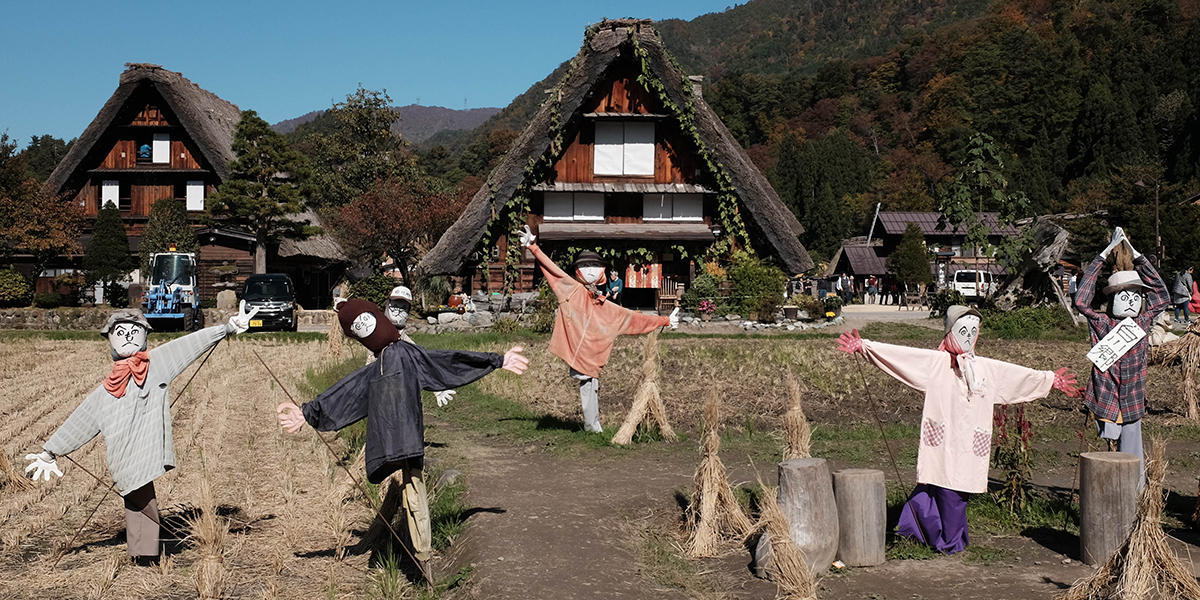
From your hand, to your mouth, to your heart—the story of man is the story of food. Head to Gifu to experience their unique take on food, enjoy the lovely scenery, and enjoy the clear mountain water while you're at it.
Click here to get the latest information on Central Japan.Centrip Japan - Nagoya and Chubu Information


